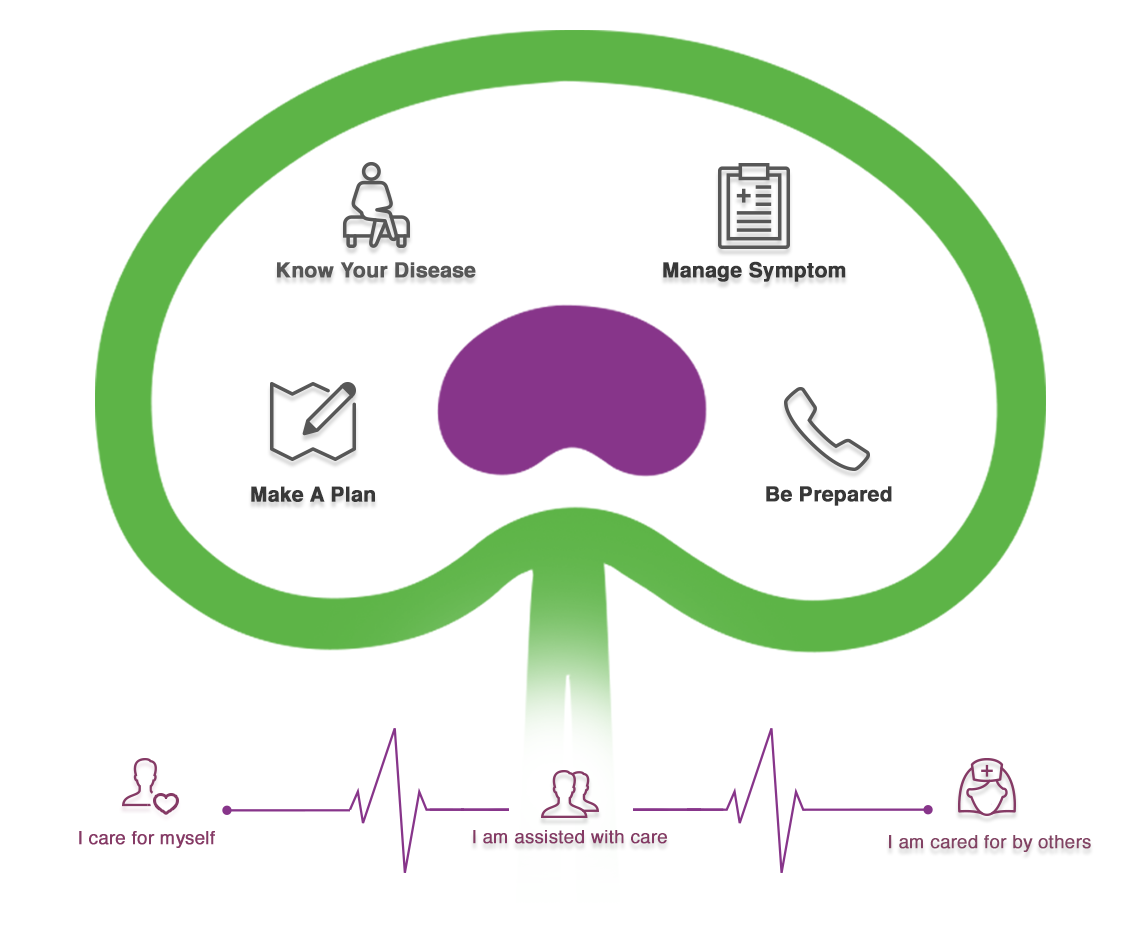Potassium Guideline
Guiding Principles
CKD is associated with hyperkalemia, which predisposes patients to the risk of cardiac arrhythmias. Potassium levels are affected by diet, degree of kidney failure, and medications. Interventions for hyperkalemia include a potassium-restricted diet and the use of potassium binding resins such as calcium polystyrene sulfonate (eg. Resonium).
Bloodwork should be based on patient preference but it would be reasonable to monitor potassium levels monthly. It is important to assess trends rather than a single value.
GFR 15 - 5 | Slow Decline/Deteriorating | Last 0-5 years of life
In general, it is recommended to provide acute treatment of hyperkalemia in CKM patients but this should be determined based on the patient’s wishes and values.
Whenever possible, patients requiring a potassium restricted diet should be considered for a referral to a Registered Dietitian.
Discussion with Patients & Families
If the patient is ambivalent or worried about sudden death from high potassium (or if it is important for them to live to see an important milestone), it is appropriate to continue with monitoring and interventions.
For patients who wish to liberalize their intake, the risks of lifting the potassium restriction must be clearly explained. If a patient does not want interventions to prolong life, potassium levels do not need to be monitored.
GFR 5 - 0 | Intensive/Near Death | Last 0-2 months of life
It is appropriate to stop monitoring and managing potassium levels if the patient is in his or her last weeks or days of life:
- Discontinue medications that were intended to maintain appropriate potassium levels (e.g. potassium-binding cation-exchange resins) to decrease pill burden.
- The patient can eat as desired.



